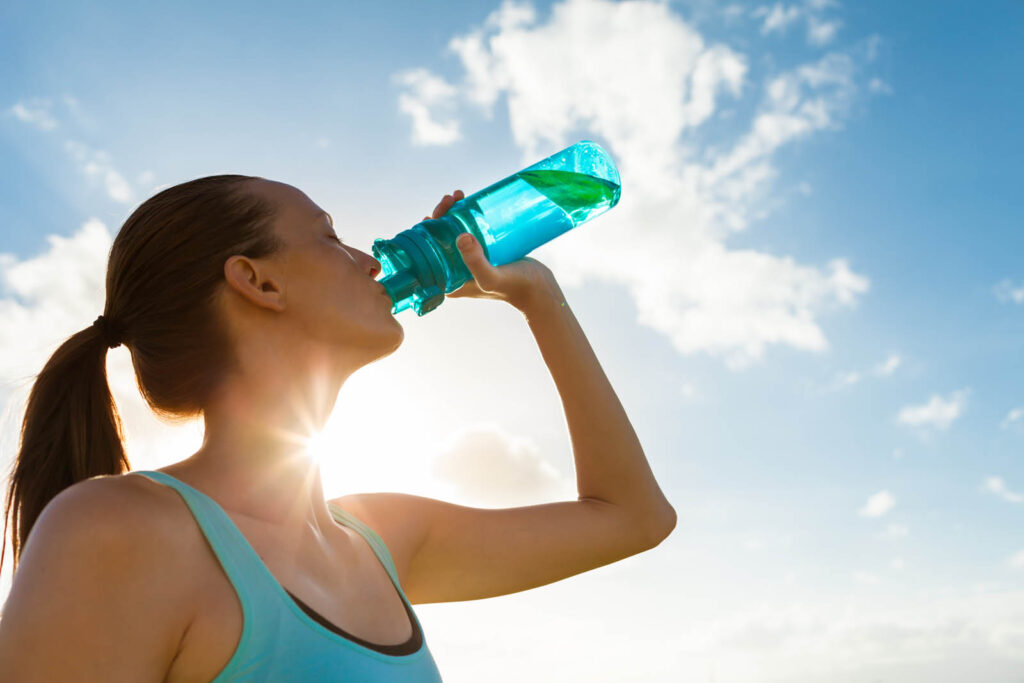
Case Study
New Sparkling Water Concept: How to Appeal to Both Parents and Kids
overview
In recent years, sparkling water has become increasingly popular, and sales are expected to continue to grow. People of all ages enjoy sparkling water; however, needs and values often differ by age group.
So, what do you do if you’ve created a kid-centric sparkling water product and want to ensure that it appeals to both kids and parents? This is the dilemma our client, a popular beverage manufacturer, brought to us.
To get to the bottom of things, C+R created a multi-stage qualitative research program that dove deep into kids’ and parents’ feelings toward the client’s product, as well as parents’ attitudes toward marketing communications. As a result of the research, our client was able to further refine their product and create messaging that reached and resonated with the whole family.
THE PROBLEM
The Challenge of Appealing to Both Kids and Parents
A well-known beverage manufacturer approached C+R for help refining and marketing a new kid-centric sparkling water product.
Specifically, the client wanted help:
- identifying what parents value and are willing to buy for their kids (focusing on product ingredients, packaging, claims, etc.)
- understanding what appeals to kids in the sparkling water space; and
- exploring what type of messaging resonates with parents.

OUR APPROACH
Multi-Phase Intergenerational Research
C+R created a three-phase qualitative research program to help our client develop and market their kids’ sparkling water product.
In Phase 1, our team delivered a “Kids 101” presentation to share knowledge about kid and parent consumer trends. The session grounded the client team in kids’ and parents’ needs, and also served as a kick-off meeting for the custom research program.
During Phase 2, C+R facilitated a three-day asynchronous online discussion board with kids. Twenty-eight kids aged 7 to 12 participated, with an equal number of boys and girls representing a mix of cultural backgrounds. All participants were users and accepters of sparkling beverages and came from households with an annual income of at least $40,000. The kids participated in a number of activities and games that allowed researchers to capture their thoughts about sparkling beverages in general and our client’s sparkling water idea specifically.
Phase 3 consisted of four virtual focus groups with parents. Each group lasted two hours. In total, we interviewed 19 parents, all of whom had at least one child between the ages of 6 and 12 who liked sparkling beverages. During the focus groups, researchers explored the types of beverages participants’ kids drank, as well as the appeal, relevance, and credibility of our client’s sparkling water concept and marketing messages.

The result
A Winning Concept for the Whole Family
Research showed that parents were interested in the sparkling water concept because it was seen as healthier than soda, but still fun. Kids also liked the concept, especially the sweet options and choice of multiple flavors. In addition, the marketing messages were seen as relevant and interesting to both groups. Equipped with these insights, our client refined their product and messaging and prepared to launch!


proven experience
related case studies
